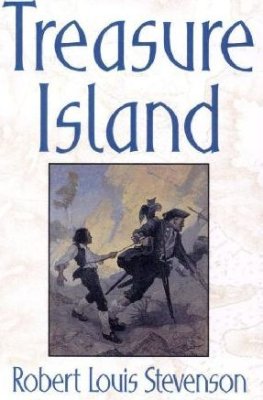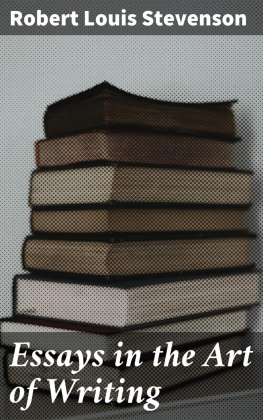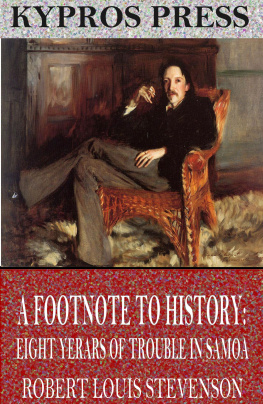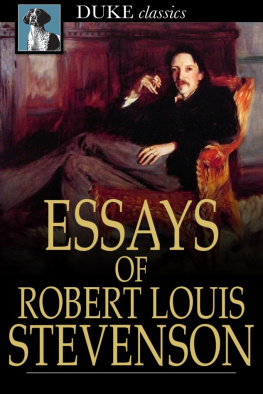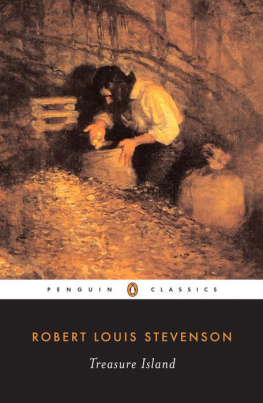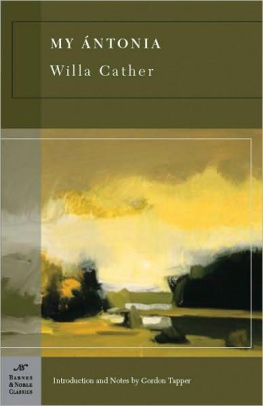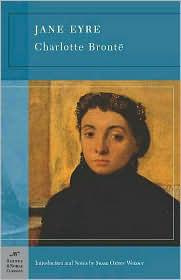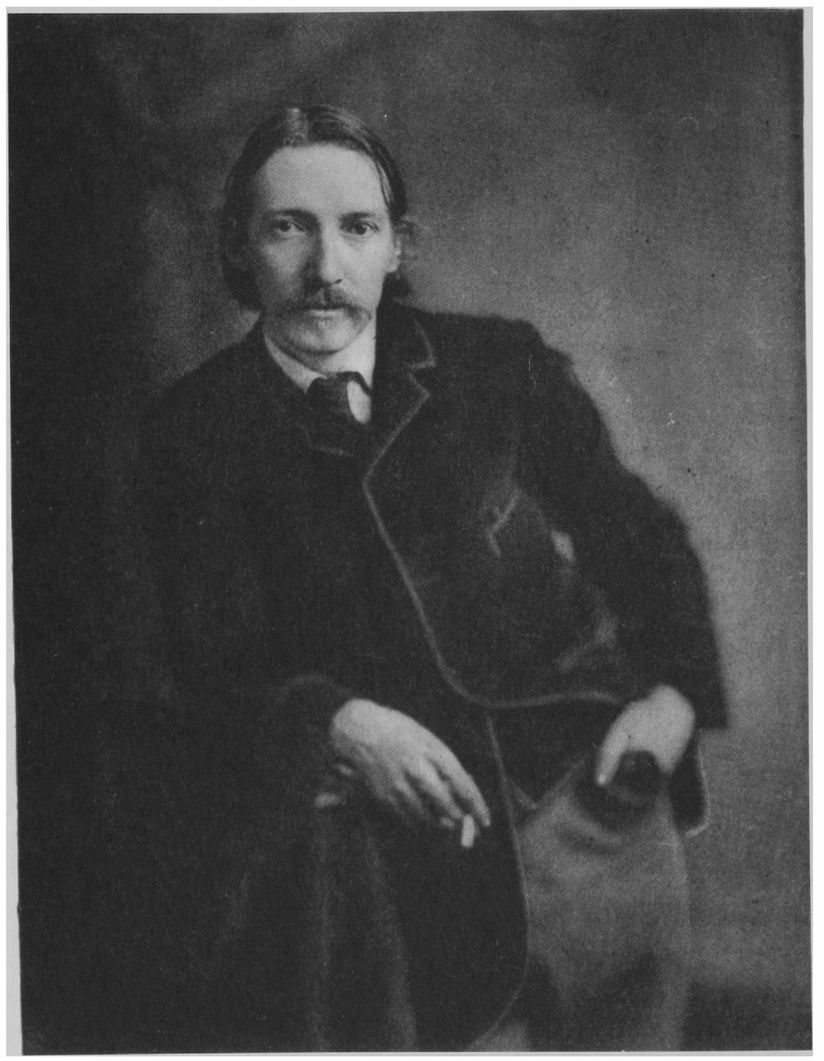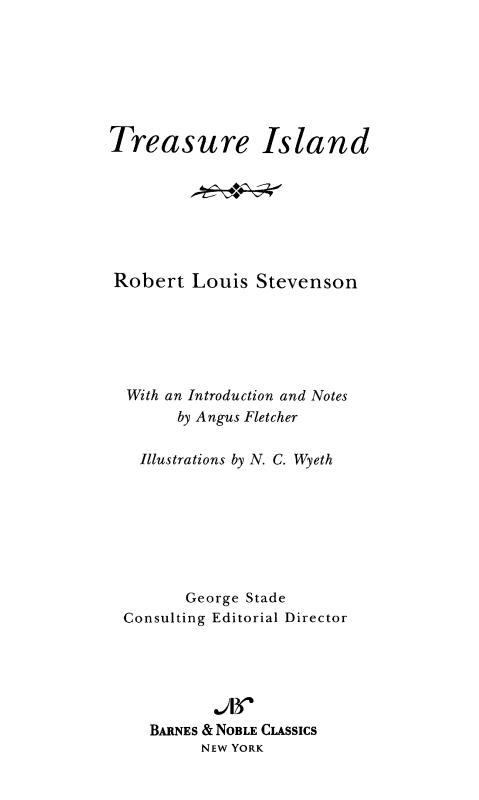
Table of Contents
From the Pages ofTreasure Island
Squire Trelawney, Dr. Livesey, and the rest of these gentlemen having asked me to write down the whole particulars about Treasure Island, from the beginning to the end, keeping nothing back but the bearings of the island, and that only because there is still treasure not yet lifted, I take up my pen in the year of grace 17and go back to the time when my father kept the Admiral Benbow inn and the brown old seaman with the sabre cut first took up his lodging under our roof. (page 11 )
Fifteen men on the dead mans chest
Yo-ho-ho, and a bottle of rum!
Drink and the devil had done for the rest
Yo-ho-ho, and a bottle of rum! (page 16)
Heard of him, you say! He was the bloodthirstiest buccaneer that sailed. Blackbeard was a child to Flint. The Spaniards were so prodigiously afraid of him that, I tell you, sir, I was sometimes proud he was an Englishman. (page 45)
Long John Silver, he is called, and has lost a leg; but that I regarded as a recommendation, since he lost it in his countrys service, under the immortal Hawke. (page 53)
It was Silvers voice, and before I had heard a dozen words, I would not have shown myself for all the world, but lay there, trembling and listening, in the extreme of fear and curiosity, for from these dozen words I understood that the lives of all the honest men aboard depended upon me alone. (page 75)
The cry he gave was echoed not only by his companions on board but by a great number of voices from the shore, and looking in that direction I saw the other pirates trooping out from among the trees and tumbling into their places in the boats. (page 118)
A man who has been three years biting his nails on a desert island, Jim, cant expect to appear as sane as you or me. It doesnt lie in human nature. (page 131)
Indeed, as we found when we also reached the spot, it was something very different. At the foot of a pretty big pine and involved in a green creeper, which had even partly lifted some of the smaller bones, a human skeleton lay, with a few shreds of clothing, on the ground. I believe a chill struck for a moment to every heart. (page 216)
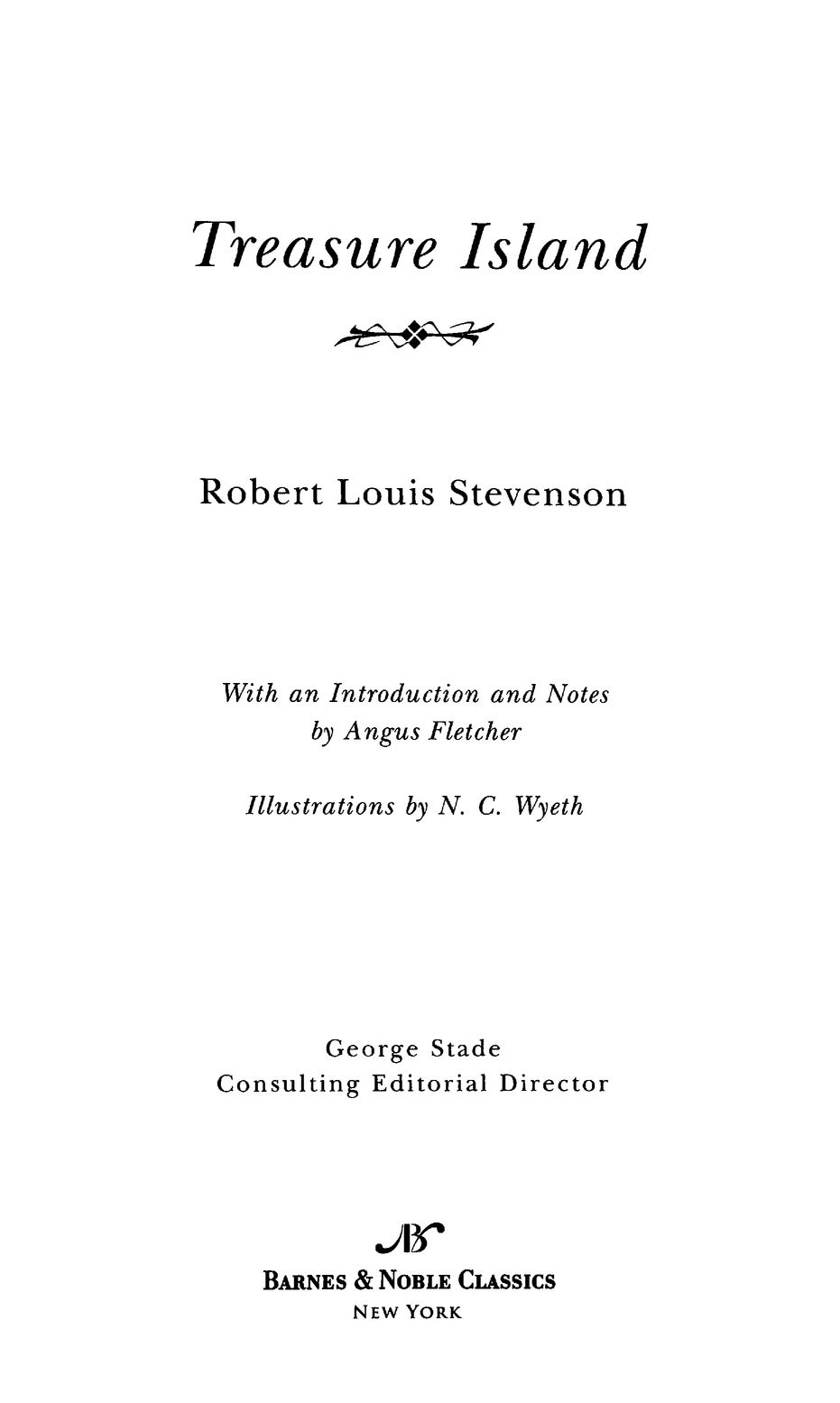
Robert Louis Stevenson
The name Robert Louis Stevenson is synonymous with adventure, romance, and the exoticqualities that characterized the authors life as well as his fiction. Born in Edinburgh on November 13, 1850, Stevenson contracted in his early years what was probably tuberculosis, a condition that would cause repeated bouts of illness throughout his life. But frequent confinement to the sickbed did not stifle the childs imagination. The young boy wrote tales based on biblical passages and Scottish history and soon gained a reputation as a storyteller.
In 1867 Stevenson enrolled in Edinburgh University. His family expected that he would join the distinguished line of Stevenson engineers; instead he chose to study the law. But conventional study was, he later claimed, the farthest thing from his mind. To play the fiddle, to know a good cigar, or to speak with ease and opportunity to all varieties of menthese were Stevensons youthful pursuits, which he sought despite academic and familial consequences.
This self-professed idler was a devoted student of the curriculum he devised for himself. Sometimes on the verge of grave illness, Stevenson wandered through the wilder quarters of Edinburgh, and he worked at honing his writing skills by imitating his favorite authors, among them Defoe, Hazlitt, and Montaigne. In 1875 he passed the bar exam, but rather than take up legal practice, he set out for the European continent; his time there is recounted in early essays and travel narratives. While in France Stevenson fell in love with Fanny Osbourne, a married American woman ten years his senior. He joined Fanny in the United States in 1879. Upon her divorce in 1880 she and Stevenson were married; they lived for a short time af terward in northern California.
Stevenson then returned to Edinburgh with Fanny and her son from her first marriage, Lloyd Osbourne. Stevensons health was so fragile for the next several years that sometimes he was bedridden; at other times he and his family traveled to the south of France and Switzerland in hopes of restoring his well-being. As in his youth, sickness galvanized rather than diminished his imagination; during this period he composed such classics as Treasure Island (1883), A Childs Garden of Verses (1885), and The Strange Case of Dr. Jekyll and Mr. Hyde and Kidnapped (both 1886). From 1884 to 1887 the family lived in Bournemouth, a resort on Englands south coast.
After his fathers death in 1887, Stevenson and his mother, wife, and stepson moved to America. The authors vagabond spirit and quest for better health led the family on a South Seas voyage that would prove to be his greatest adventure; in 1888 they visited the islands of the Marquesas, Tahiti, and Hawaii. During the journey Stevenson suffered a lung hemorrhage, and the family settled in Samoa to attend to his failing health. Stevensons works of the period, including In the South Seas (1890), which chronicle the clash between Eastern and Western cultures and champion the Samoan people, shocked his friends in Scotland, drew fire from local warring political factions, and nearly provoked his banishment from Samoa.
As Stevensons health seriously worsened he felt nostalgia for his native country, although he knew he would not survive a voyage home to Scotland. He collapsed of a brain hemorrhage while at work on his unfinished novel Weir of Hermiston and died on December 3, 1894, in Samoa.
The World of Robert Louis Stevenson andTreasure Island
| 1850 | Robert Louis Stevenson is born on November 13 in Edinburgh, the only child of Thomas and Margaret (ne Balfour) Stevenson. As a child, he suffers from an illness, probably tuberculosis, which will plague him throughout his life. |
| 1858 | Poor health keeps Stevenson bedridden, and he attends school infrequently; tutors educate him at home. |
| 1859 | Darwins On the Origin of Species is published, as is Charles Dickenss A Tale of Two Cities. |
| 1865 | Lewis Carrolls Alices Adventures in Wonderland is published. |
| 1867 | Thomas Stevenson enrolls his son in Edinburgh University with the hope that he will join the family engineering firm. The romantic, often sickly young man delights his professors but takes his formal studies lightly. Instead he fraternizes with the citizens of Edinburgh and spends time imitating the writing style of Michel de Montaigne, William Hazlitt, and Daniel Defoe. |


